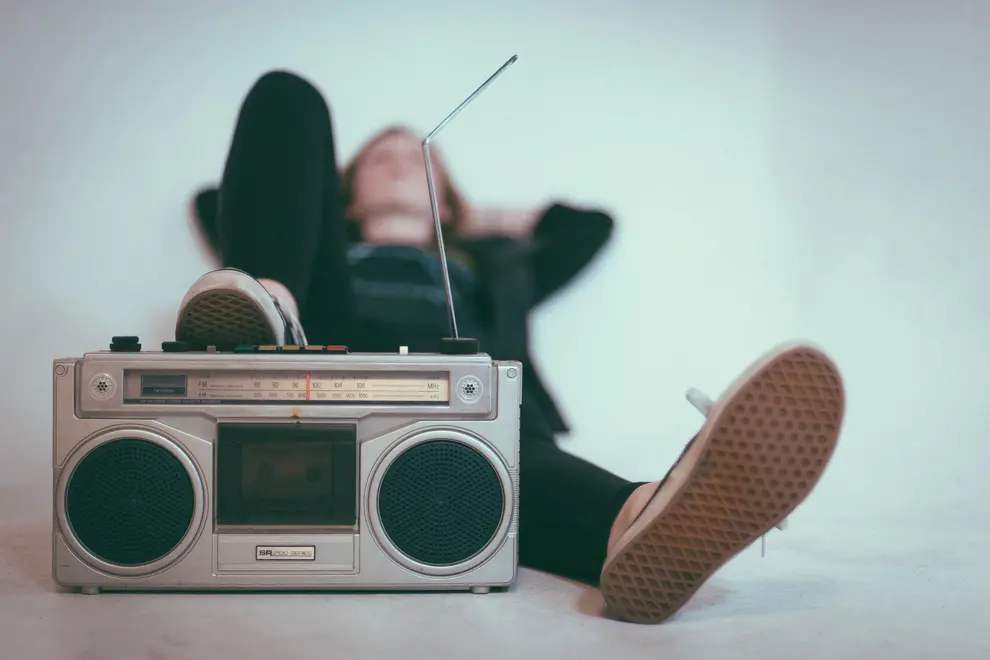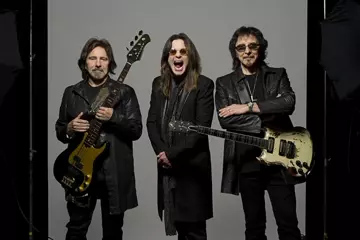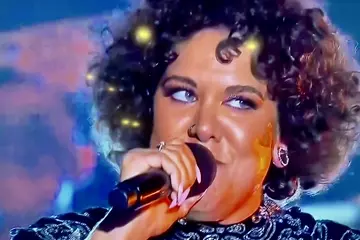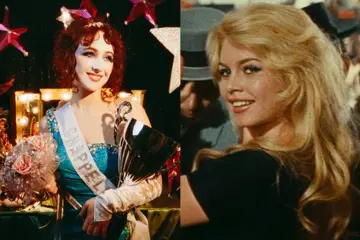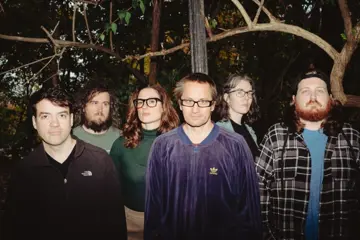The Phonographic Performance Company of Australia (PPCA) has today (June 5) released its Radio Fair Play report, laying out the significant benefits the Australian music industry could see if the government removed caps on the dollar amounts that radio companies have to pay to license the music they air.
At present, as per the Copyright Act of 1968, Australian radio stations benefit from a statutory cap on the amount they’re required to pay artists and labels to license sound recordings for broadcast, at no more than one percent of the station’s gross annual revenue.
The legislation is furthermore lenient to the ABC, mandating that it can’t be required to pay more than $0.005 per head of the Australian population for the broadcast of sound recordings across any of its stations (including triple j and its subsidiaries). According to PPCA CEO Annabelle Herd, this meant the ABC paid just $130,000 in royalties for all the music it aired in 2023.
The newly published Radio Fair Play report makes the argument that radio companies would not be severely impacted if these caps were removed, but the benefits it would have on Australian artists, labels and the industry at large would be incredible. The report – which outlines the findings of a study conducted by economics advisory firm Mandala – shows that artists played on Australian radio could see a potential 78 percent increase in earnings (up to $19,100 per year), with an additional $4.8 million in revenue from royalties in 2024-25.
Don't miss a beat with our FREE daily newsletter
It’s posited by the report that this could also lead to twice as many new Australian artists being played on radio for the first time: record labels would receive an additional $4.2 million in revenue from their Australian repertoire, incentivising them to invest more heavily in scouting, artist development and promotion, priming those artists to be viable for airplay.
The roll-on effect this could have cannot be understated: if more Australian artists are platformed on radio, they’re more likely to become popular with the general public, not only driving record sales but also making them more attractive on concert and festival lineups, driving ticket sales, further galvanising the local music industry and boosting the Australian economy.
“Removing these caps is the single most effective way to increase fair compensation for artists when
they need it most,” Herd said in a press statement. “It can be done quickly and, as shown by the Mandala study, it will not impact the operating model or severely hit the profitability of radio stations in Australia.”
Right now, Australia’s radio industry draws in some of the highest global revenue per capita – we’re the fifth most successful territory below the US, Canada, Germany and Sweden. The local radio landscape is dominated by five companies – four of them commercial (ARN, SCA, Nova and Nine) and the fifth being the ABC – which together control 85 percent of the broadcast market with $1.3 billion in revenue between them.
In the last financial year, commercial radio companies paid just $4 million in royalties for sound recordings and $39 million for musical works – a cumulative four percent of its total broadcast revenue, despite music being the lifeblood of the industry; music accounts for some 50 percent of all commercial radio broadcasts, and an IFPI study from 2022 showed that 65 percent of consumers wouldn’t listen to the radio at all if it weren’t for the music.
As pointed out by Mandela director Tom McMahon, these figures are “well out of line with comparable jurisdictions” – while Australia pays just 0.4 percent in broadcast revenue on royalties for sound recordings, other countries (such as Canada, the UK and Germany) pay somewhere in the ballpark of three to 7.5 percent.
The report shows that these top five companies have an abundance of resources not being spent on licensing music, and would maintain their 15 percent profit margin if the royalty caps were removed. The broader radio industry would see a small decrease in profit margins – from 13 percent to 11 percent – but speaking to TheMusic.com.au, Herd denies it would make a significant blow to other companies’ bottom lines.
She explains: “There have been some pretty strong claims and rebuttals made from some people in the radio industry, around the impact it would have on radio if [the royalty caps were removed] – but I think this report shows that none of those claims can be substantiated. Radio would definitely not be destroyed or decimated, or any of the other things that have been said – I think at one point, somebody said lives would be at stake due to the impact on regional radio – and what you can actually see from the report is that it may have a slight impact on profitability, but in no way could you say that the radio caps are what’s standing between really strong levels of profitability and revenue per head, per capita, and being out of business.”
Herd goes on to assert that broadcasters have “received a massive commercial windfall from not having to pay a fair market rate”, while artists and labels have suffered; they’re not seeing the value of the art they produce, which sustains the radio industry as a whole. “That’s just not viable on an ongoing basis,” she says, “especially when artists and the local music industry are the ones doing it tough.
“We love radio. Music and radio are really strong and important partners, and we don't want to do anything that's going to harm radio’s viability or profitability. But at the moment, it’s coming at the expense of the people who create the content – who invest not only financially, but creatively into making this music, that is then used to service a product that radio is selling to advertisers, or that the ABC is putting together for Australian audiences. We just don't think the current situation is fair, and this report shows just how unfair it is.”
The report comes in response to Senate Committee hearings that were held back in March, addressing the Copyright Legislation Amendment (Fair Pay for Radio Play) bill introduced by senator David Pocock. It concludes that “radio companies are well-resourced and capable of paying higher rates” and that “removing the radio caps is an effective, low-cost way to deliver on the government’s objective to support the arts industry and promote Australian talent”.
On the likelihood of Pocock’s bill moving forward, Herd says: “I don't think we're under any illusion that this isn't a major challenge – and for obvious reasons: radio is an extremely important political platform for those in Parliament, and [the industry has] a very strong voice. But we think this data just adds to a really strong evidence base on why these caps should go. It just makes it so clear that it’s a simple change the current government and Parliament could enact, that will have an immediately positive effect on artists and the local industry – without any cost to taxpayers, and without any major impact on those who will have to pay the increase. For us, it seems like a bit of a no-brainer.”
Head here to read the full Radio Fair Play report.

